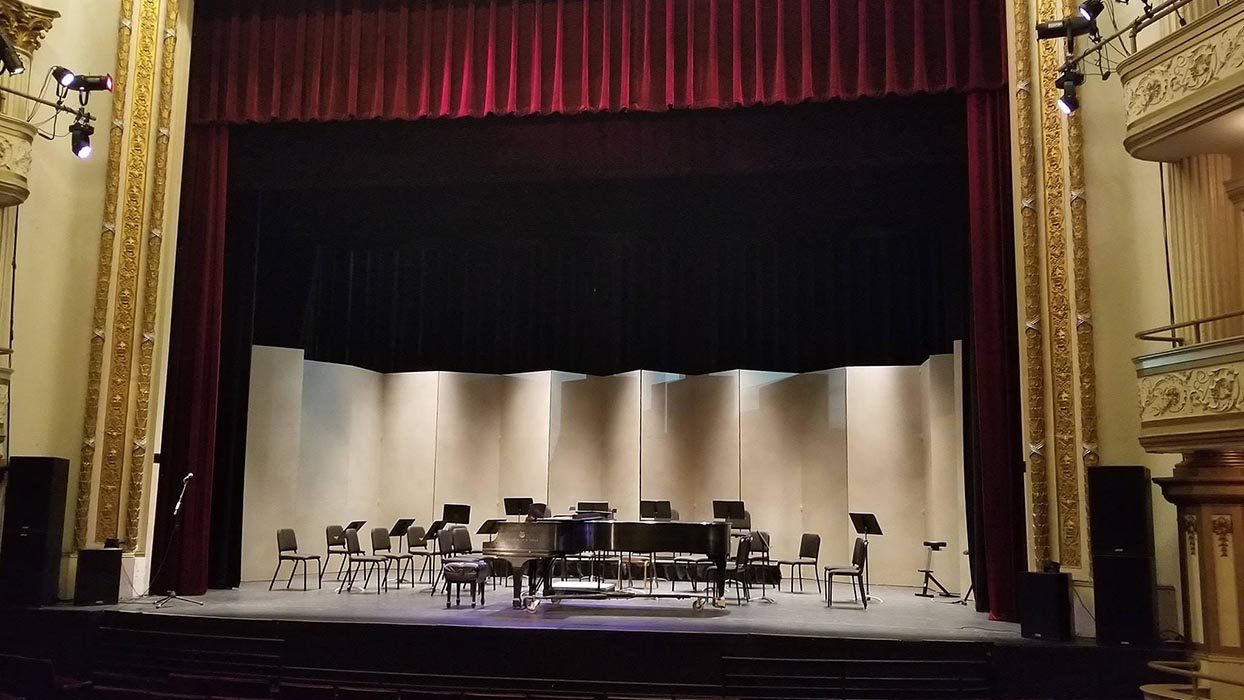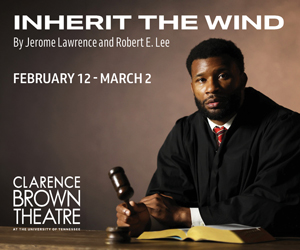It is sheer speculation on my part, but I’m betting that if KSO music director Aram Demirjian had known that Sunday afternoon would be yet another gloomy, rainy, soporific day, he might have programmed his Chamber Classics Series concert differently—perhaps something with lots of brass and lively, eye-opening textures to chase away the blues from our rain-drenched musical souls. On the bill, however, were two works for strings surrounding a centerpiece of Mozart’s Piano Concerto No. 9, K. 271, programming which, on paper, seemed a bit too subdued for such environmental dreariness. As it turned out, Demirjian and the Chamber Orchestra had absolutely no intention of allowing the audience a nap.
Sharing credit for this was pianist Chih-Long Hu in the Mozart concerto. Hu, who just concluded a notable run through the Beethoven violin sonatas at UT with violinist Miroslav Hristov, brought his signature freshness and passage-work sparkle to a piece that was a leap ahead in sophistication and maturity for the 21-year-old composer. While we expect a necessary clarity and simple color to illuminate early Mozart, Hu doubled-down on those qualities throughout the first two movements, opening up the question of where he might venture in the stronger, more virtuosic finale. Hu answered that with a marked personality shift following the Minuetto that carried himself and the orchestra into a surging tempo and an extremely entertaining conclusion.
As an encore, Hu offered an additional ear-opener, one of Liszt’s Grandes études de Paganini, the popular “La Campanella”.
Edward Elgar’s Serenade for Strings in E minor, which opened the concert, often finds itself paired with Tchaikovsky’s Serenade for Strings for obvious textural and logistical reasons. On this occasion, though, Demirjian opted to close out the concert with the Tchaikovsky string sextet, Souvenir de Florence, performed with adjustments for the chamber orchestra complement of strings.
Although the quantity of string forces involved shifted the musical effect out of the true chamber music milieu, the performance retained the sense of crisp sunlight and passionately vivid sensations that Tchaikovsky had intended. The final Allegro vivace movement, with its Slavic textures and subtle intrigues leading into a fugue of sorts, offered just a hint of instrumental sonic complexity to cap off the afternoon.
For those soggy audience members looking forward to a sunnier March, the Masterworks Series features KSO concertmaster William Shaub in Felix Mendelssohn’s Violin Concerto in E minor. Also on that March 14th and 15th pair of concerts are Aaron Jay Kernis’ Two Hot Toccata, William Walton’s Suite from the ballet The Wise Virgins, and Paul Hindemith’s Symphonic Metamorphosis on Themes of Carl Maria von Weber.






